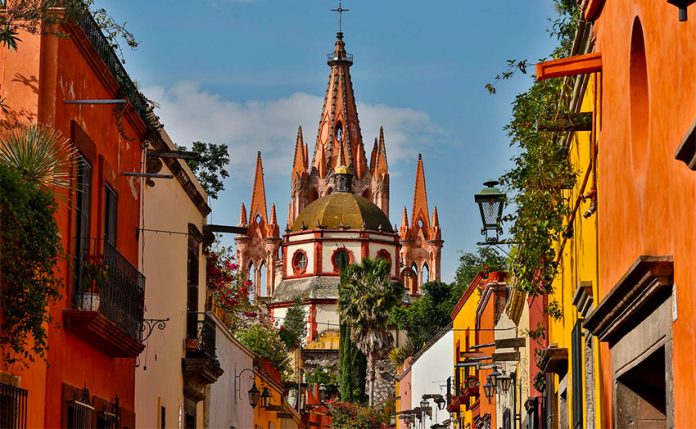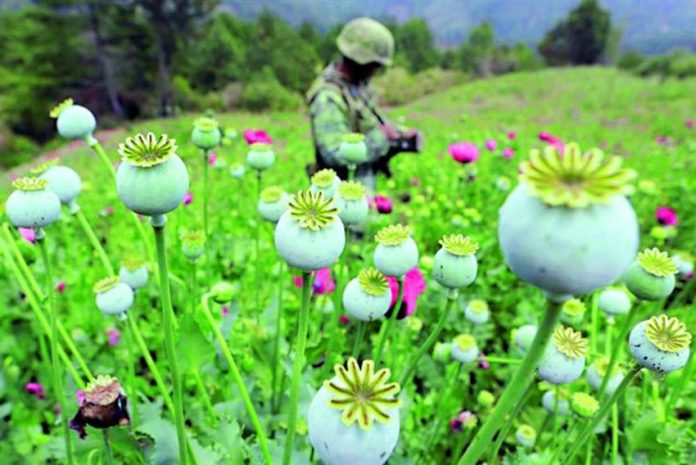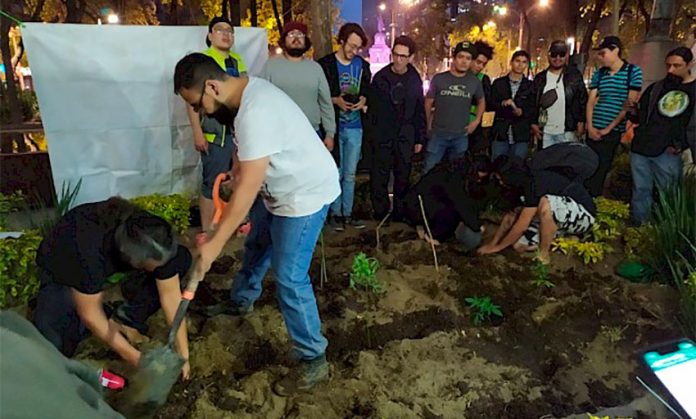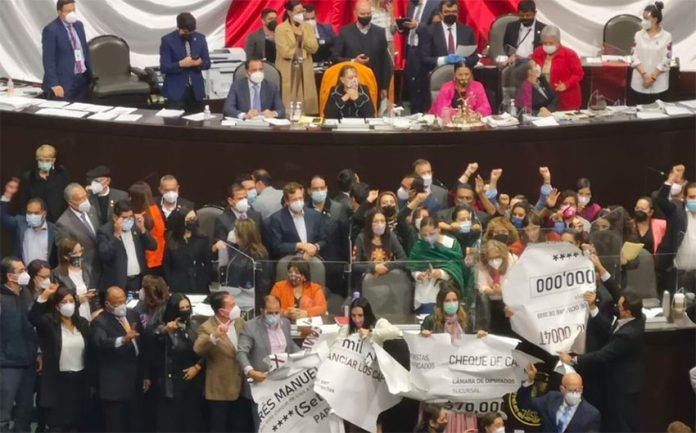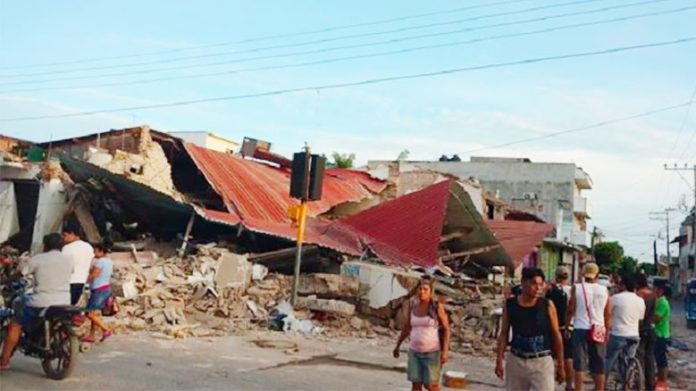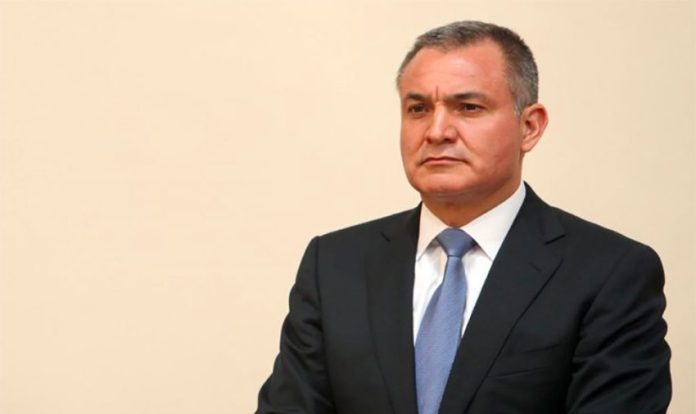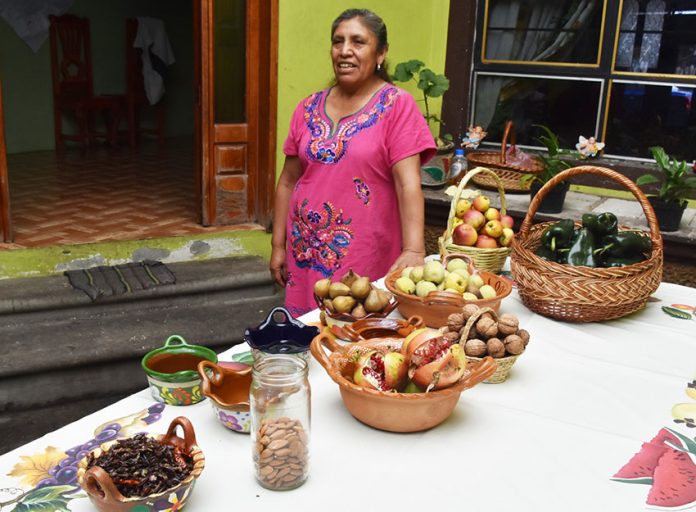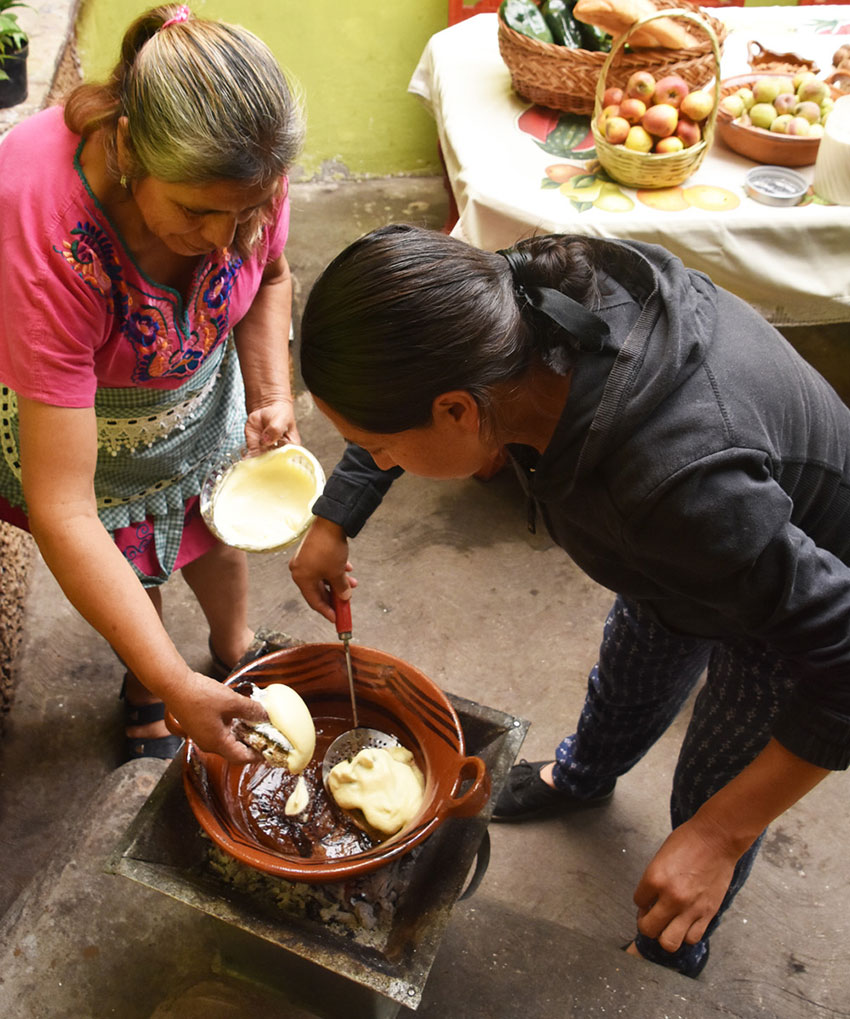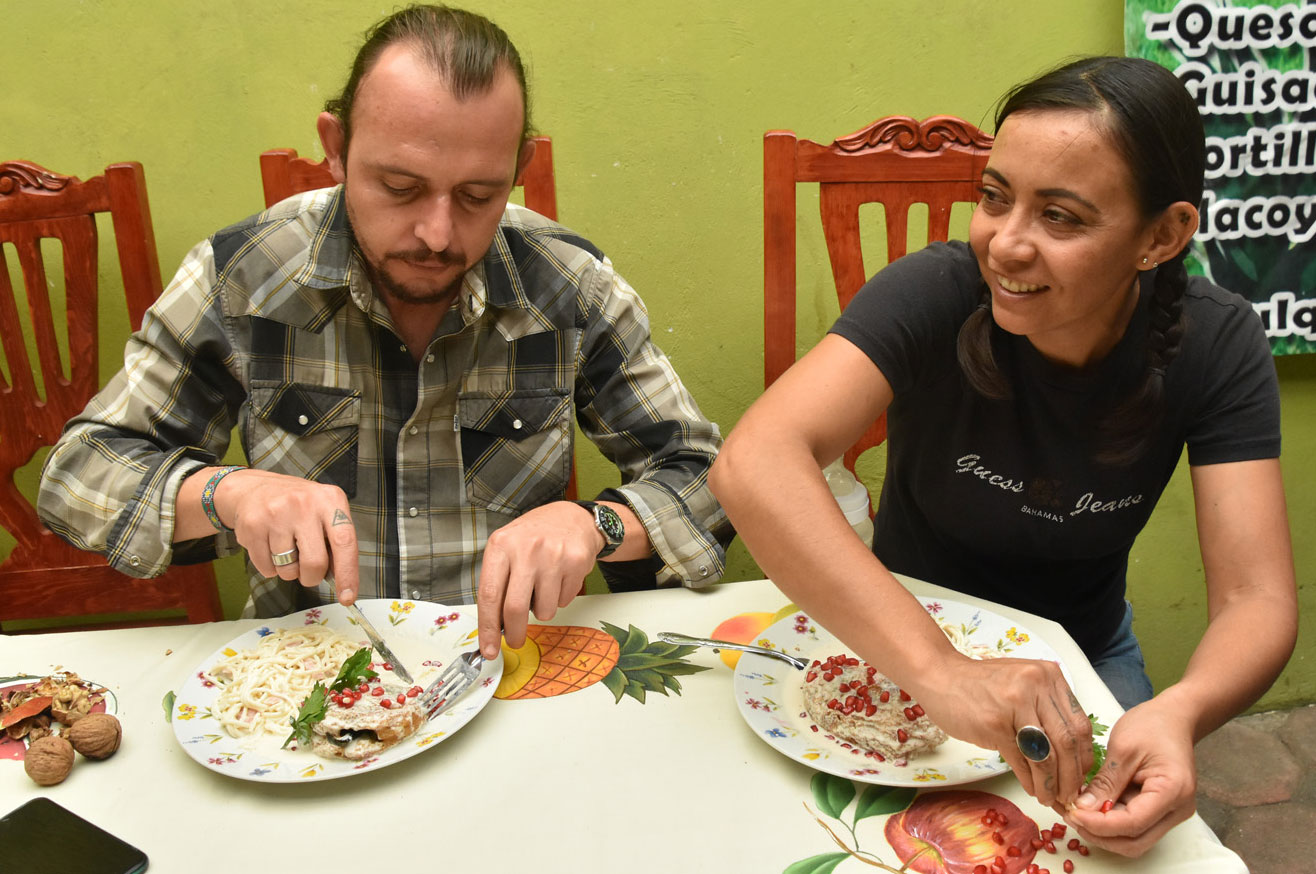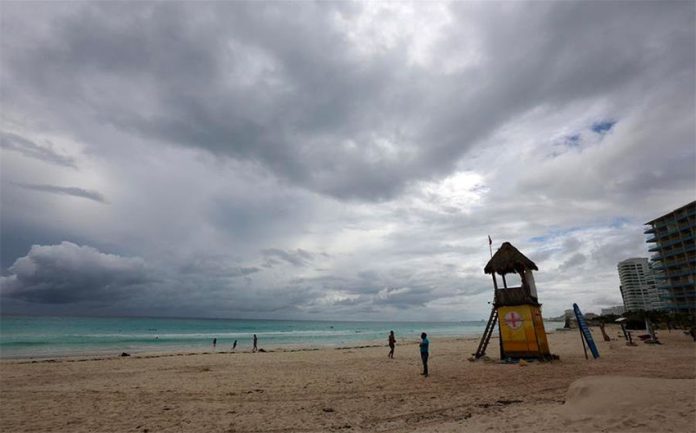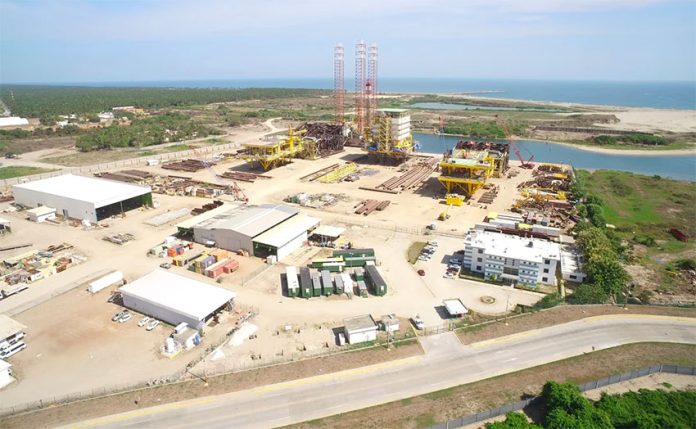Readers of Condé Nast Traveler magazine have chosen San Miguel de Allende as 2020’s Best Small City in the World as part of the magazine’s annual Readers’ Choice Awards (RCA). This is an award the city has won twice before, in 2017 and 2018.
The Pueblo Mágico, or Magical Town, is described as a “hub for expat artists” and is acclaimed for its colonial streets and stunning architecture, especially the town’s Gothic cathedral, one of the most photographed churches in all of Mexico. San Miguel was declared a UNESCO World Heritage Site in 2008.
“Considering the current situation of the tourism industry, we are overjoyed with this recognition,” said Laura Torres Septién, president of the San Miguel de Allende Tourism Board. “We welcome any and all good news that gives a sense of normalcy.”
“We are more than proud to return to the RCA list this year, and I am more than proud to thank the readers of Condé Nast Traveler for this honor that is, without doubt, a reflection of the welcoming nature of our residents and the hard work our tourism infrastructure does on a continuous basis,” Mayor Luis Alberto Villarreal said.
Another Mexican city that made the list was Mérida, Yucatán, which placed third.
The Best of 2020 awards were voted on by more than 715,000 readers, who also named the Rosewood San Miguel de Allende as the Best Hotel in the Americas. Readers chose the Andaz Mayakoba Resort Riviera Maya in Playa del Carmen, Quintana Roo, as the Best Resort in Mexico.
Earlier this year San Miguel’s Hotel Amparo, a five-room boutique hotel in the center of the colonial city, took the No. 2 spot in Travel + Leisure magazine’s 25th annual World’s Best Awards, and was also named the top city hotel in Mexico.
Six other Mexican hotels made that magazine’s World’s Best list. Cala de Mar Resort and Spa in Ixtapa, Guerrero, came in at No. 38, and the Rosewood Mayakoba in Playa del Carmen, Quintana Roo, was named 56th. The Waldorf Astoria Los Cabos Pedregal in Baja California Sur made No. 72, followed by Mexico City’s Saint Regis at 73. The Pueblo Bonito Emerald Bay Resort and Spa in Mazatlán, Sinaloa, came in at No. 94 and Viceroy Los Cabos, Baja California Sur, was 95th on the list.
Source: Yahoo (en)
